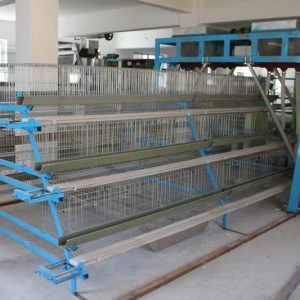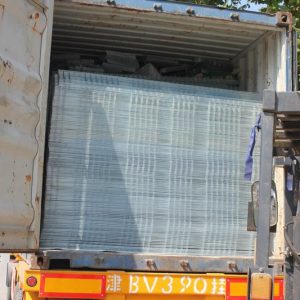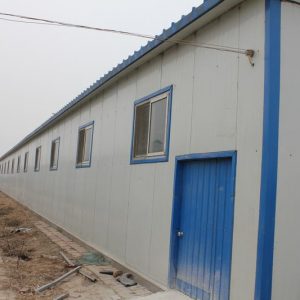
Sterilization and preservation of breeding eggs
Breeding eggs will be polluted from production to hatching, such as cloaca excrement, chicken house air, etc. Therefore, there are many bacteria attached to the surface of the breeding eggs. The number of bacteria increases rapidly with the passage of time. Once the bacteria enter the eggs, they will multiply rapidly. Such breeding eggs sometimes burst in the incubator, contaminating the entire incubator, and have a great impact on the hatchability and the health of the chicks. Only through strict disinfection and storage of suitable conditions can the breeding eggs have a higher hatching rate.
Disinfection time
In order to reduce the penetration of bacteria into the eggshell, the first disinfection should be carried out immediately after the eggs are laid. Therefore, the eggs should be collected frequently and disinfected immediately after collection; the eggs that need to be transported should be disinfected for the second time in the transport vehicle; The third disinfection is carried out in the incubator; the fourth disinfection is carried out in the hatcher after the eggs are moved.
Disinfection method
There are many disinfection methods for breeding eggs, and they are commonly used and easy to operate in production: (1) Formaldehyde fumigation: Mixing 40% formaldehyde solution and potassium permanganate to produce gas can quickly and effectively kill pathogens. The first and second fumigation with 42ml formaldehyde per cubic meter plus 2lg potassium permanganate for 20 minutes can kill 95%~98% of pathogens; the third time 28ml formaldehyde per cubic meter is used in the incubator Solution, 14g potassium permanganate disinfection; for the fourth time, chicks were fumigated and disinfected with 14ml formaldehyde solution and 7g potassium permanganate per cubic meter. (2) Peracetic acid fumigation: Fumigation with 50ml of peracetic acid solution and 5g of potassium permanganate for 15 minutes per cubic meter can quickly and effectively kill most pathogens. Of course, large breeder farms can also use egg washing disinfectant for disinfection.
After sterilizing the breeding eggs, put them in a clean egg bank immediately to prevent them from being contaminated by bacteria again.
Temperature
The incubation temperature of the breeding eggs is 37.5℃~37.8℃, but the threshold temperature for chicken embryo development is 23.9℃. The embryo will start to develop if the temperature is higher and lower. If the environment temperature fluctuates and stops the embryo development several times, the embryo will die. Or the vitality is weakened, so the temperature of the breeding eggs should be lowered to 23.9 ℃ after laying, and kept until the hatching.
Humidity
During the storage period, the water will evaporate continuously through the stomata, and the speed is related to the surrounding environmental humidity. The relative humidity of the breeding egg storage is 75% to 80%.
Save time
Under normal conditions, the temperature is 15~18℃ and the humidity is 75%~80%. There will be no obvious influence on the hatchability and the quality of chicks within 5 days. The hatching rate will drop significantly after 7 days, and the hatching value will be lost if the time is longer.
Other
In the summer when the humidity is high, when transporting or from the breeding egg storage to the code tray room, the water vapor will condense on the large egg shells when the temperature rises, forming water droplets, commonly known as “sweating”. At this time, the breeding eggs are susceptible to bacterial contamination. Be careful not to try formaldehyde fumigation Sweating breeding eggs.



